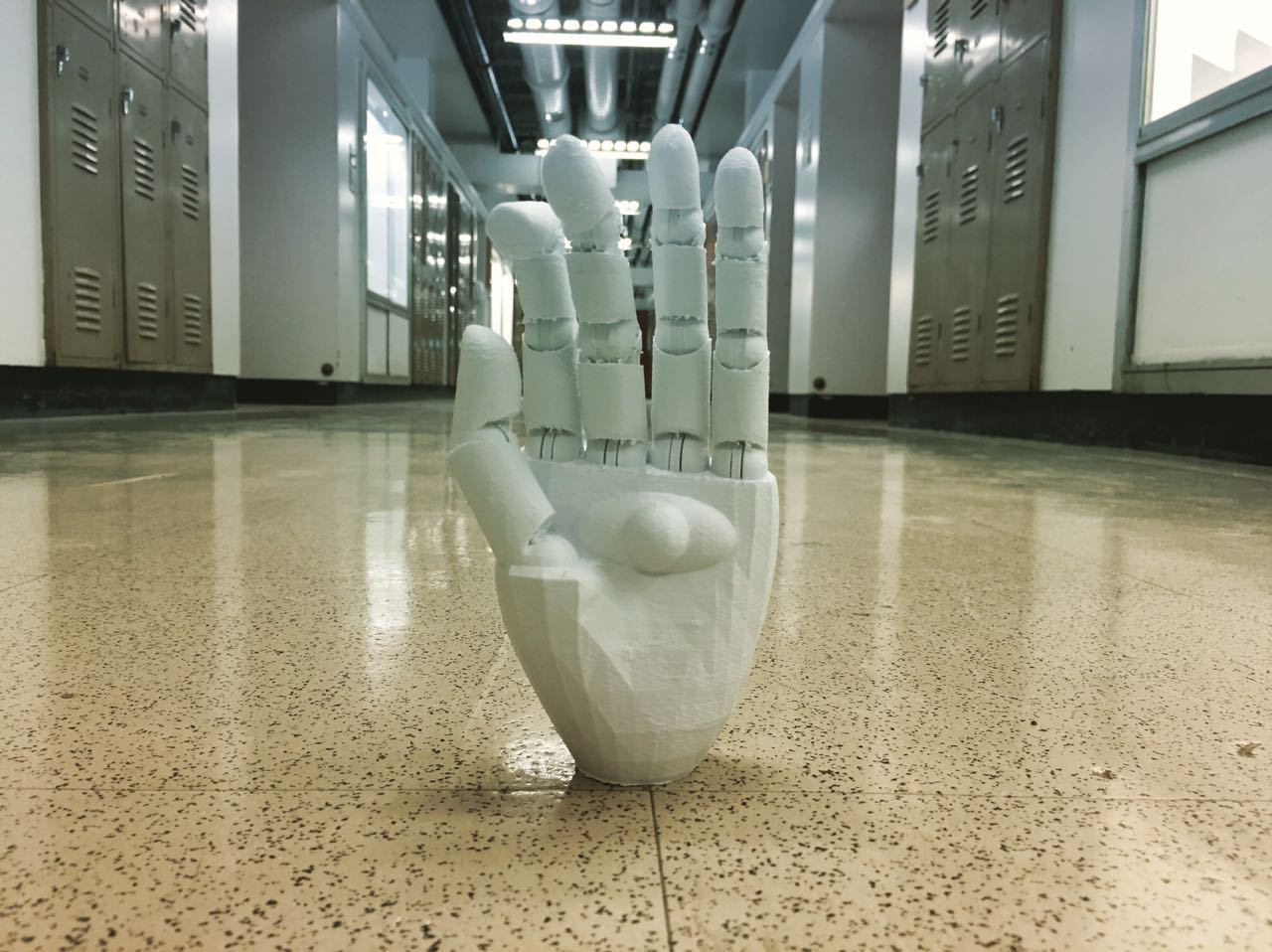Masao Yamamoto
Masao Yamamoto (山本昌男 Yamamoto Masao, born 1957) is a Japanese freelance photographer known for his small photographs, which seek to individualize the photographic prints as objects.
Most of his work are, as small as half a finger or even a fingernail. Initially because he was poor, he glued a small photo on the wall to save the cost of making a picture frame Later, The small size of the photo become his intentional choice, to him, the photo is like a memory, if you can hold a picture in the palm of your hand, it seems like you can carry that memory.
The question is “take a small photo because you want to hold the memory in your hand, but the memory will always fade or run away, how do you think?
M: There are always good and bad parts in memory. For example, when I was young, my relationship with my father was not very good. But after 10 years and 20 years later, looking at the pictures again, those bad memories before will be slowly forgotten , Those beautiful memories about my father will stay.
Makoto Shinkai
Makoto Shinkai (新海 誠 Shinkai Makoto), born as Makoto Niitsu (新津 誠 Niitsu Makoto, born February 9, 1973), is a Japanese director, writer, producer, animator, editor, cinematographer, voice actor, manga artist and former graphic designer. He is best known for directing Your Name, the highest-grossing anime film of all time, and was listed by Variety as one of 10 animators to watch in 2016





























































































